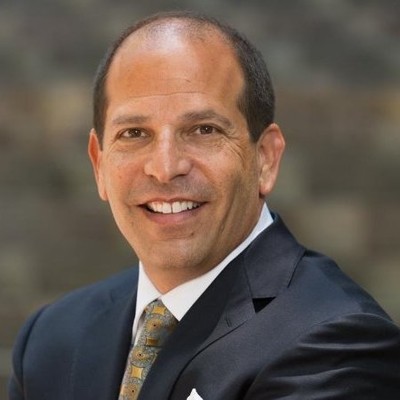Barry P. Goldberg | Source | Trial Attorney at Barry P. Goldberg, A Professional Law Corporation

Barry P. Goldberg
Barry is a Trial Attorney at Barry P. Goldberg, A Professional Law Corporation. He keeps abreast of important legal trends by reading and digesting the daily Court of Appeal decisions concerning tort and insurance issues. Barry is an author and frequent lecturer on legal topics. His personal injury blog and website receives over 5,000 unique visitors every month.
-
Barry P. Goldberg, A Professional Law Corporation
Trial Attorney
-
Discovery in uninsured and underinsured motorist cases
The California Uninsured Motorist Law, Insurance Code section 11580.2, continues to confuse and frustrate practitioners when it comes to uninsured and underinsured-motorist discovery. Because of a huge number of uninsured motorists and the perilously low minimum-liability limits, many California motor- vehicle cases implicate an insured’s own UM/UIM policy. Because the UM/UIM claim is ostensibly against an insured’s insurer, it is confusing when discovery rights arise, understanding the nuances of UM/UIM discovery rights, and enforcement of discovery orders. This article will demystify the process and recommend best discovery practices. (Further statutory references are to the Insurance Code unless otherwise indicated.)
Article -
Mastering uninsured and underinsured motorist arbitrations
Uninsured and underinsured motorist arbitrations should be relatively straightforward and self-executing. However, they are not. The California Uninsured/Underinsured Motorist Law, Insurance Code section 11580.2, set out to provide a prompt and relatively inexpensive resolution of disputes between an insured and his or her insurer as an alternative to full-scale litigation and a trial. In fact, the law pre-dated the California Financial Responsibility Law and the operative discovery statutes. As such, there is no clear path to securing an arbitration and no set procedures for conducting the actual arbitration.
Article
-
Navigating Slip-and-Fall Claims: Expert Insights from Barry P. Goldberg
Barry highlights the challenges of proving negligence in slip-and-fall cases, emphasizing the need for experienced legal representation. He advises bringing detailed evidence to consultations and stresses the importance of a lawyer with a strong track record in premises liability. Understanding comparative negligence and the lengthy settlement process is crucial for claimants. -
Navigating Truck Accident Lawsuits: Insights from Attorney Barry Goldberg
Barry explains that fault in truck accidents often extends beyond the driver, involving companies, loaders, and manufacturers. "Passengers, pedestrians, and family members" can file claims. He advises hiring attorneys with trucking expertise and highlights the behind-the-scenes work, from dealing with insurers to preserving evidence. Case valuation considers injuries, costs, and potential punitive damages. -
Personal Injury Cases: Unique Challenges and Misconceptions
Barry emphasizes the personal stakes in injury cases, advising immediate documentation post-accident. He clarifies California's comparative negligence system, noting partial fault reduces compensation. "Police reports aren’t the final word on fault," Barry says. Misunderstanding statutes of limitations can be costly. Case duration varies, with complex cases taking over a year. Patience and thorough preparation are key.
